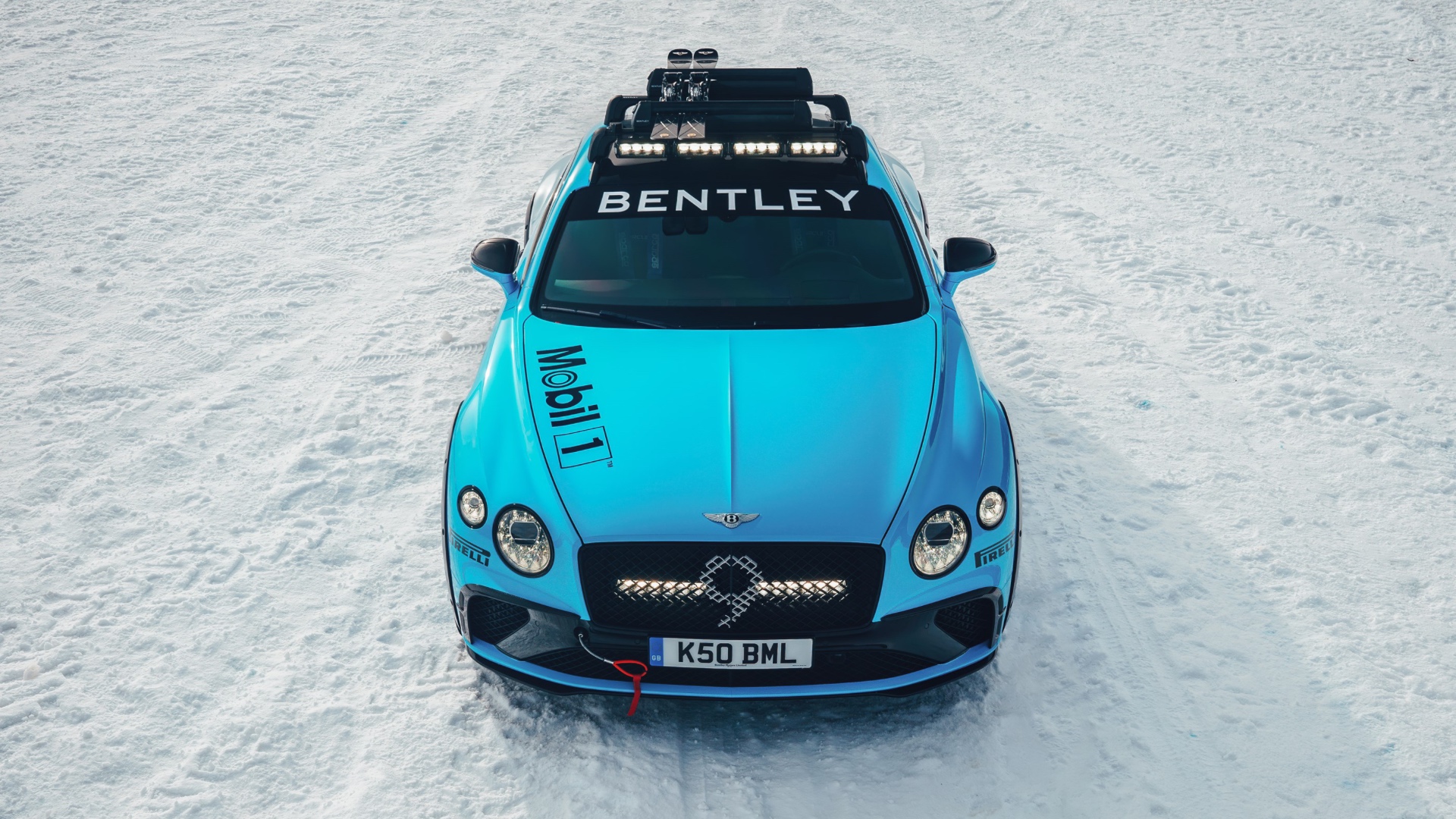

We may earn revenue from the products available on this page and participate in affiliate programs. Learn more ›
You might recall a week about two and a half months ago when The Drive and Car Bibles editors went to war with one another over the most crucial of topics: correct placement of windshield wipers. Car Bibles’ Kevin Williams told everyone they were fools if they put their windshield wipers up during a snowstorm, while The Drive’s Jerry Perez countered by saying, “It just makes sense.”
Everyone and their mothers had reactions, hot takes, or opinions on the matter. But nothing was officially resolved, and both sides went back to their respective corners. With no determination set in stone, the Guides & Gear team aimed to settle this age-old debate through research and interviews with experts.

That’s why we went to the source, the engineers whose job it is to design, engineer, and torture test wiper blades and their mechanisms. Specifically, we called up our friends at Bentley, David Molyneux (Front and Rear Closures Engineer) and Steve Chesworth (Design Engineer), and asked them for a definitive answer. Their reply? In our best English accent, “Doesn’t matter, mate, purely a personal decision.” Ok, whoa. Let’s get into it, then.
The crux of what they told us is that wipers, their mechanisms, and everything involved within the system itself are torture-tested beyond what a consumer will ever encounter in the real world. According to the Bentley boys, the brand’s wipers start by going through 10,000 cycles at -20 degrees, are then frozen to the windshield and then pulled off by hand, and the mechanisms and windshield are packed full of snow ensuring that the wipers and mechanism can withstand the weight of said precipitation.
They test the rubber itself, too. They do so by examining how it reacts to repeated icing over, wind, rain, hail, sleet, and dust and debris. If it fails at all during the process, they make a new iteration of the product. And as they pointed out, all of these steps are industry standards.

One of the major sticking points in Kevin’s article, though, made the engineers laugh. In the article, Kevin states, “Wind, especially during a snowstorm, can be incredibly strong. I’ve seen it before; wind can blow off the rubber windshield wiper blade. Then, the wind blows down the windshield wiper arm, slamming it into the windshield, cracking or shattering it.” There’s just one major flaw in this belief: that windshield wipers can’t withstand some wind and a windshield can’t withstand the force. Bentley tests its wipers’ effective operation to 200+ mph, as that’s what their cars can do. Other automakers do the same, but to varying speeds since not everything can hit 200.
As for the windshield’s construction, if a gale-force wind (a mild gale classification is used for winds approximately 39-46 mph, according to the Beaufort Wind Force Scale on Weather.gov) threw a wiper down at the windshield, that’s a far more minor impact than most stone, gravel, or hail impacts, all of which a windshield is meant to stand up against.
Bentley’s team relayed that they’ve also put in fail-safes within the system, standard practice across the rest of the industry again as well, for when wipers fail to swipe right, then left. Per Kevin’s article, “Snow is heavy—generally at least 20 pounds per cubic foot, maybe more if it’s icy. OK, now imagine that on top of your windshield wiper arms which are accustomed to working against near-zero levels of weight.
Car owners in a hurry, maybe feeling a bit lazy, just opt to turn on the windshield wipers to brush away snow, instead of using a snow brush. We’ve all seen it! They don’t realize that the snow is pretty hefty. The weight of the snow, strips the gearing in the wiper motors, destroying them. Now, they don’t have working windshield wipers at all—which is expensive, and in this case, avoidable repair!”
The system in the Bentley will try two to three cycles, after which if it hasn’t substantially moved or completed a cycle, it’ll stop to protect both the wiper blade and the wiper motor. And you won’t be able to activate the wipers until you turn the car on and off again.
As for what they suggest doing with your windshield wipers in preparation for a snowstorm, both Molyneux and Chesworth say it’s purely a personal choice. They told Guides & Gear that one of their colleagues at Audi does his windshield wipers up in the winter, but for them, it’s “[wiper] Arms and blades down, clear the [windshield] completely. Once cleared of snow, then warm water.” But, if they have a heated front windshield, “Turn it on, then move once clear.”
According to Bentley’s engineers, our concerns are only a fraction of what they test for. Hundreds of hours are put in thinking of the risks and issues that COULD go wrong with your wipers, and indeed the rest of your car too, and how to best mitigate or fix those items. David Molyneux summed up the tests they run, saying, “The beauty of this system is it’s validated for all these scenarios.” As for Chesworth, he put it rather dryly, “You’ll have to want to break it to break it.”
So there you have it, a somewhat definitive answer to an age-old debate. Whether you leave your wipers up or down, it doesn’t really matter as manufacturers tend to test these things to well-beyond real-world encounters.
Let’s Talk: Comment Below To Talk With The Guides & Gear Editors!
We’re here to be expert guides in everything How To related. Use us, compliment us, yell at us. Comment below, and let’s talk! You can also shout at us on Twitter or Instagram, here are our profiles. Got a question? Got a pro tip? Send us a note: guidesandgear@thedrive.com.